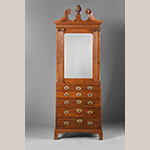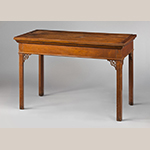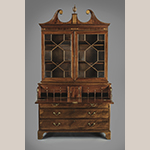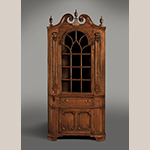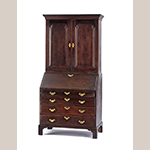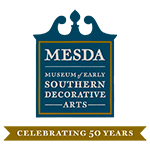Cabinetmaking in the Southern Backcountry: The Ledger Book of John C. Burgner, 1818–1844
Daniel Kurt Ackermann
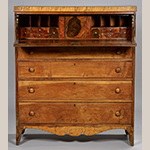
The 144-page ledger book of cabinetmaker John C. Burgner (1797–1863) provides a remarkably complete picture of a furniture making shop during the first half of the nineteenth century in the rural American South. The ledger reveals the wide range of activities undertaken by Burgner’s shop over four decades of operation in East Tennessee and Western North Carolina. He recorded transactions with eighty individuals, both customers and employees, and the creation and repair of more than a thousand objects between 1818 and 1844. Burgner’s ledger is an invaluable document for the study of South’s early material culture. In many ways it is of even greater significance than even the oft-cited account book of the eighteenth-century South Carolina cabinetmaker Thomas Elfe because of its level of detail and chronological scope.[1] John C. Burgner used his ledger book for two purposes: as an account book and as a waste book. Beginning in 1818, working from … Continued

